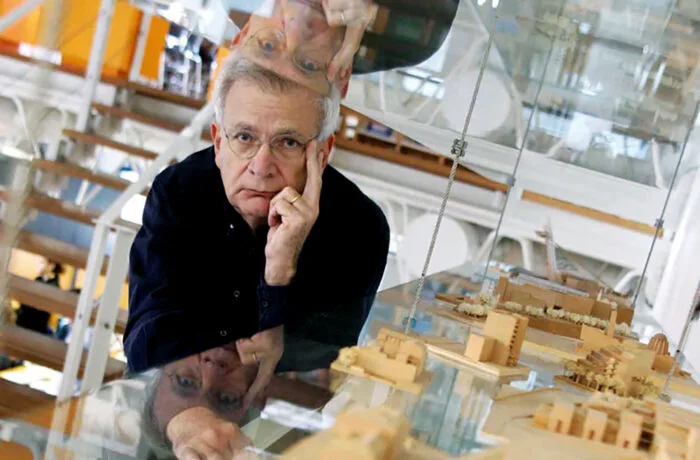Alexandros Tombazis, a pioneering architect celebrated for his groundbreaking work in bioclimatic design, has died at the age of 85, leaving an enduring legacy in the world of architecture.
Born on April 10, 1939, in India to a prominent Greek family with roots in Hydra, Tombazis embarked on a distinguished career after graduating from the National Technical University of Athens in 1962. He initially trained under the mentorship of Constantinos Apostolou Doxiadis before establishing his own architecture firm in 1963.
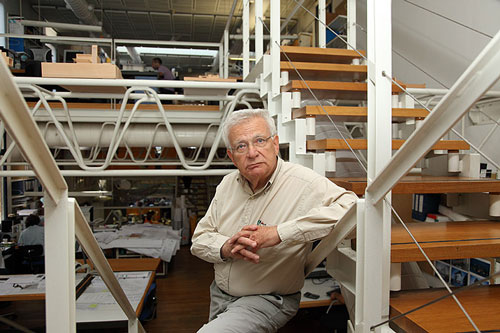
Tombazis’s architectural vision went beyond aesthetics, focusing on integrating energy-efficient principles with innovative design concepts. The 1970s oil crisis spurred his exploration of bioclimatic design and advanced technologies, shaping his approach to sustainable architecture.
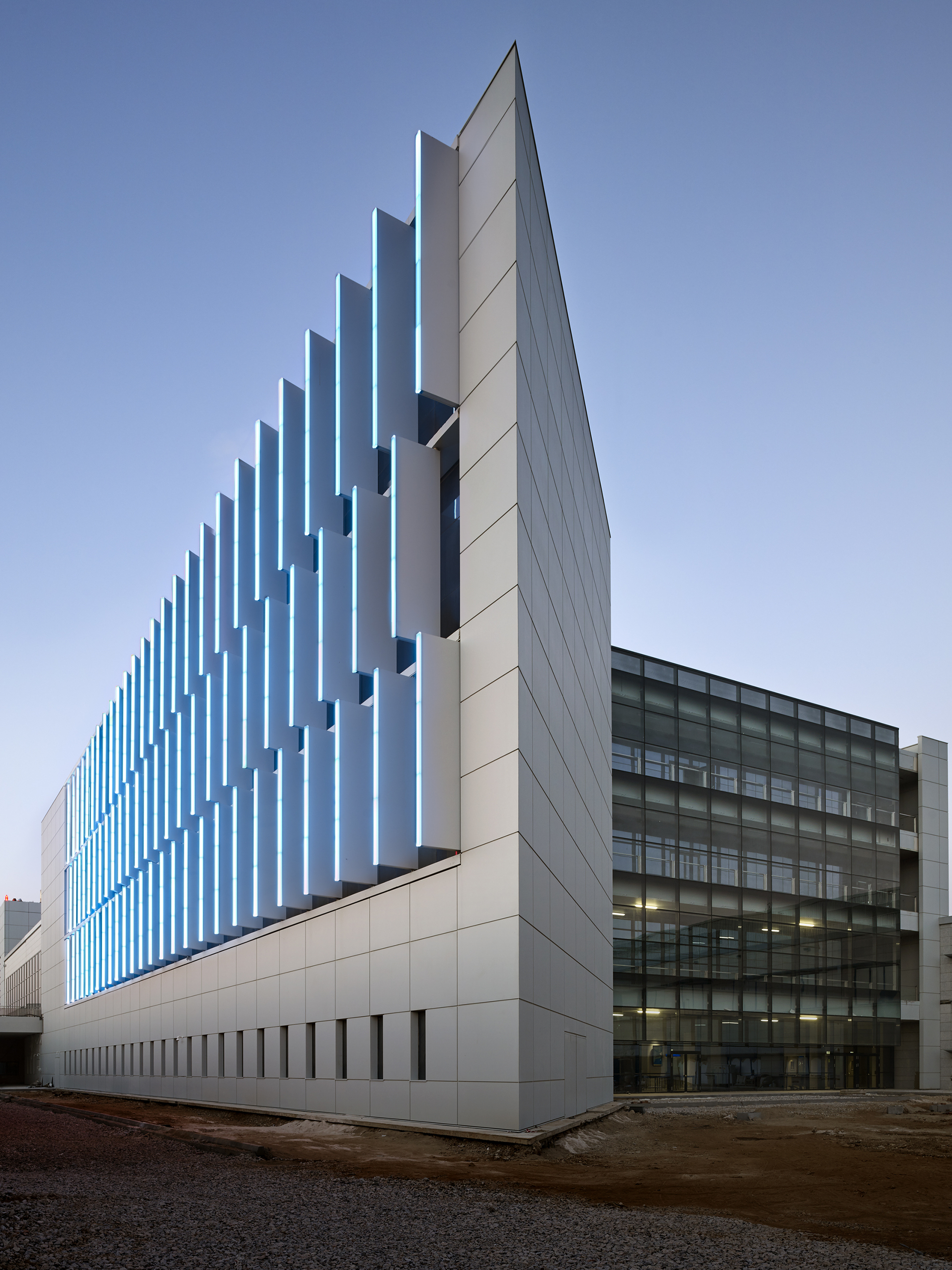
Throughout his career, Tombazis was deeply involved in architectural discourse and advocacy. He served on the board of the Hellenic Institute of Architecture, contributed to the Society of Greek Architects, and played a significant role in the Passive and Low Energy Architecture (PLEA) community.
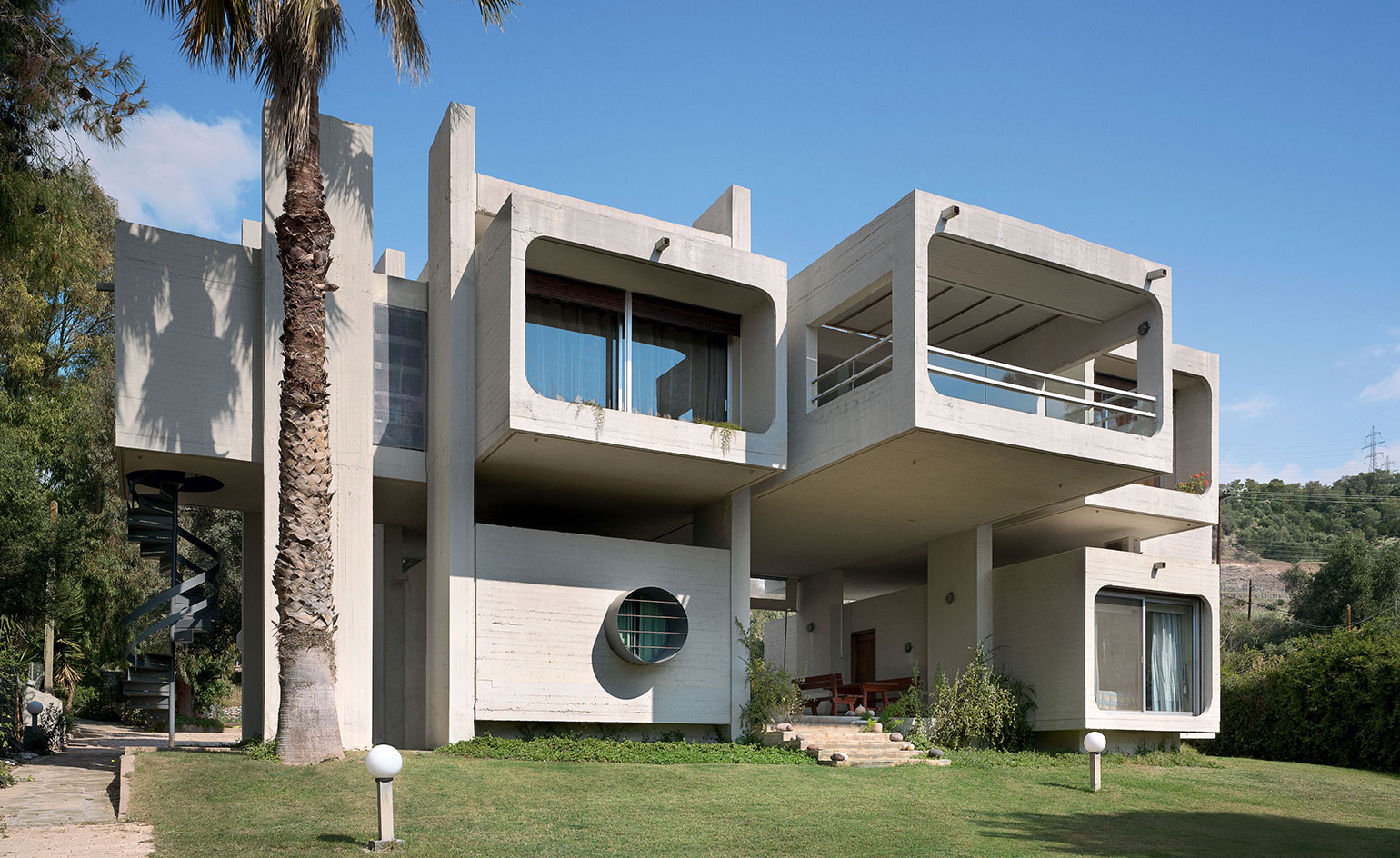
His diverse portfolio includes iconic structures such as the Archaeological Museum of Delphi, the Sanctuary of Fatima, and the Church of the Most Holy Trinity in Portugal. He also made significant contributions to local projects, including the Navarino Dunes development in Costa Navarino and residential complexes like Difros and Dryades in Athens.
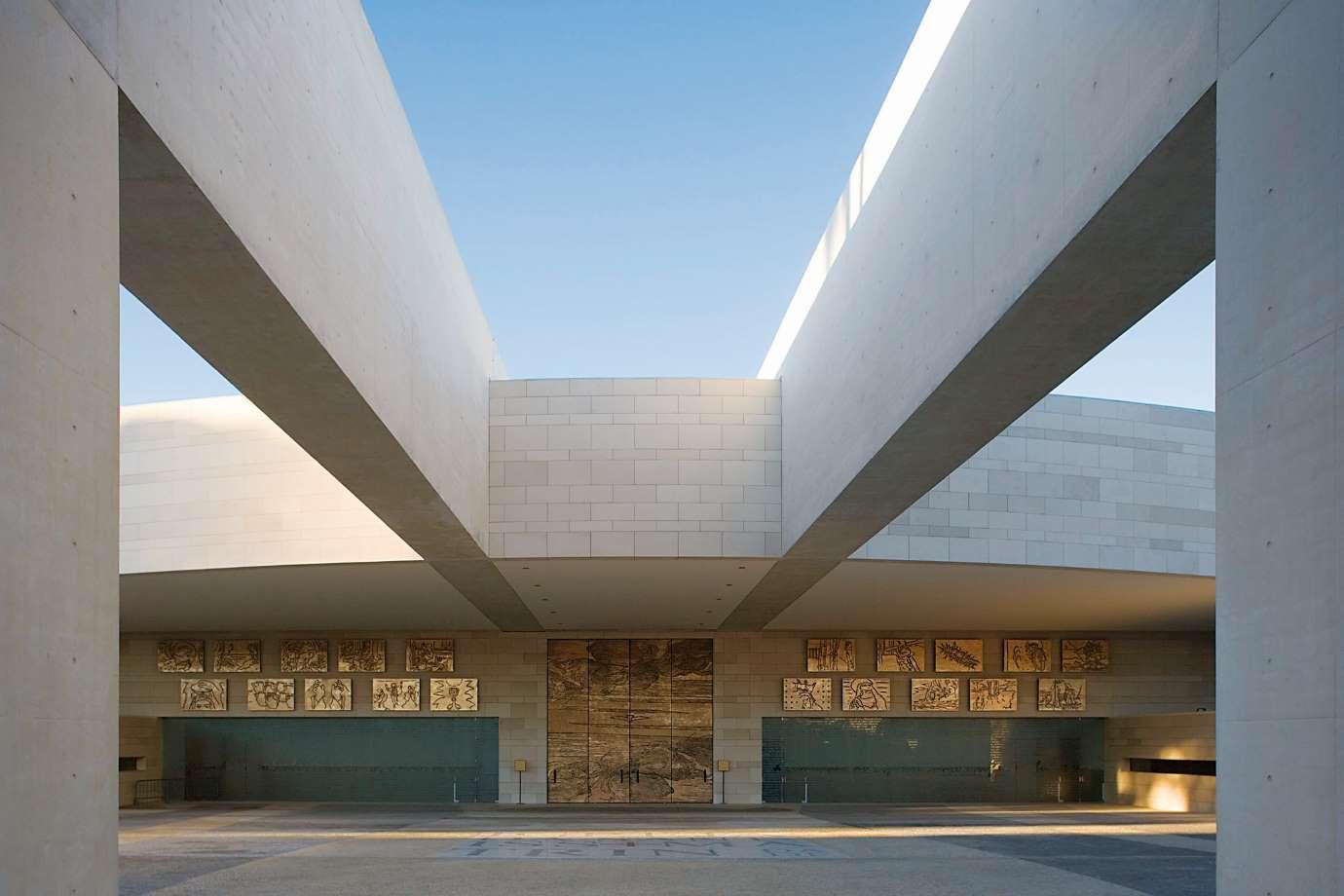
Tombazis’s architectural influence extended across various sectors, from sports facilities like the Olympic Shooting Center to healthcare facilities, corporate headquarters, and residential developments.
Alexandros Tombazis’s death marks the end of an era in architecture, but his pioneering work and commitment to sustainable design will continue to inspire future generations and shape the built environment for years to come.
(Source: Iefimerida)

